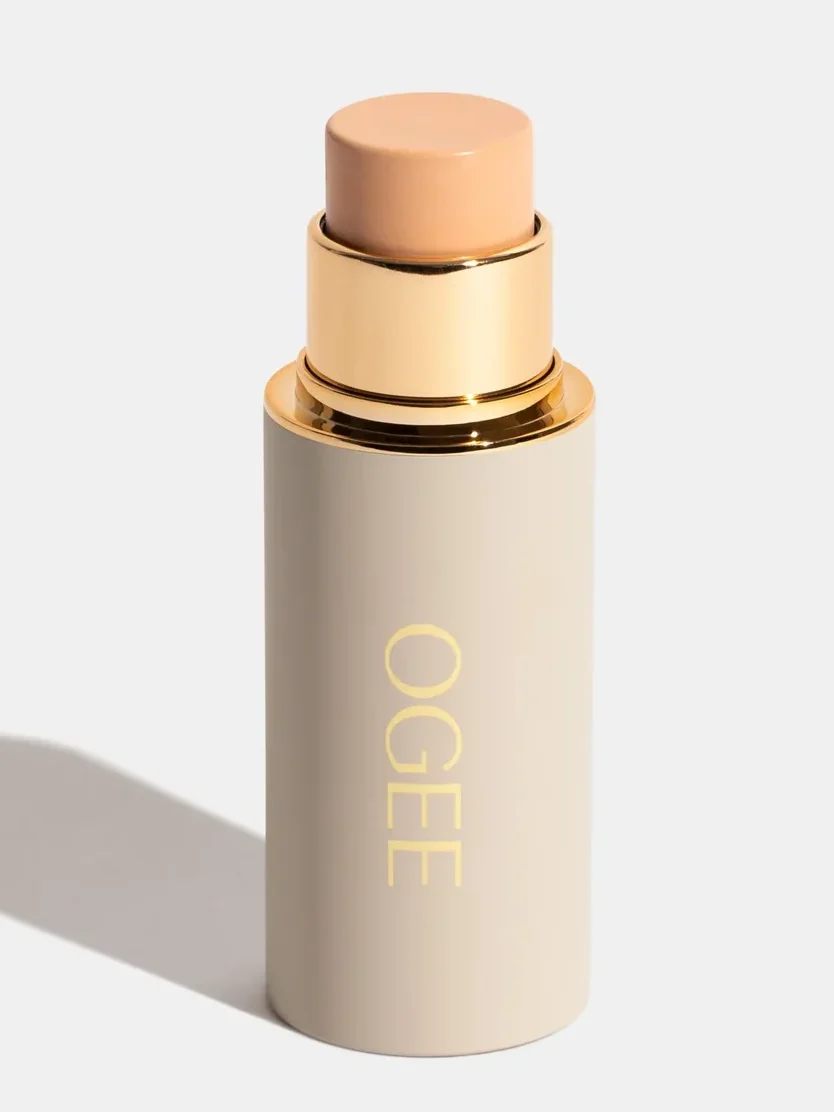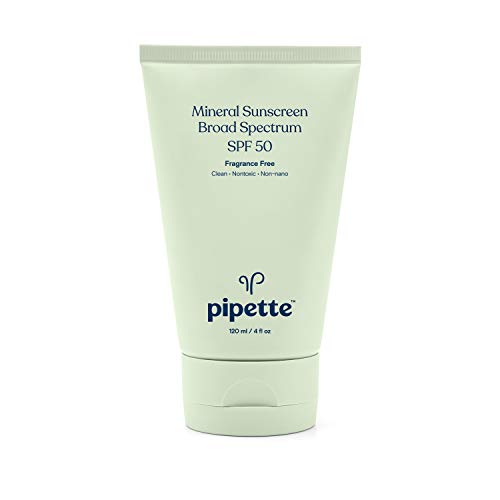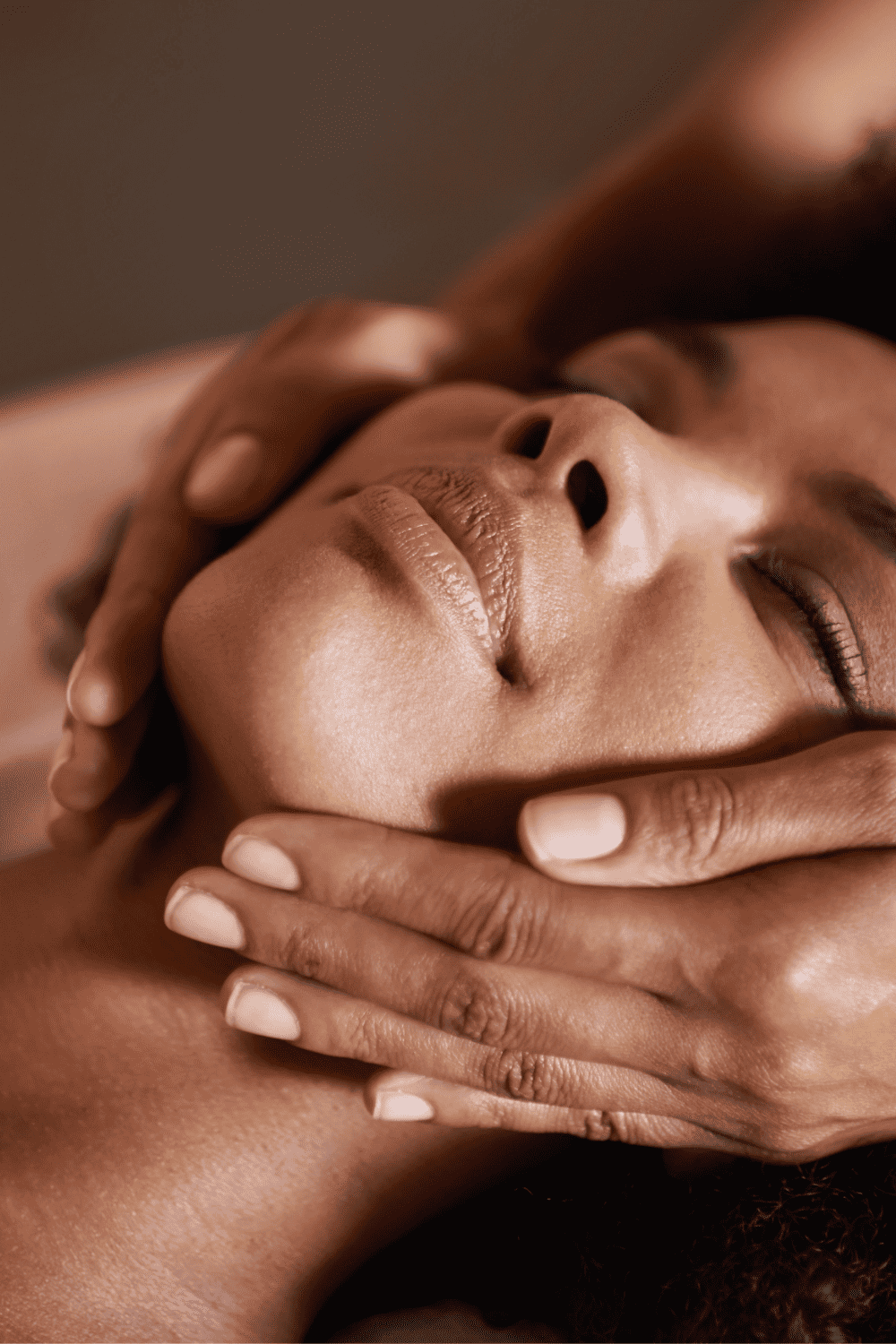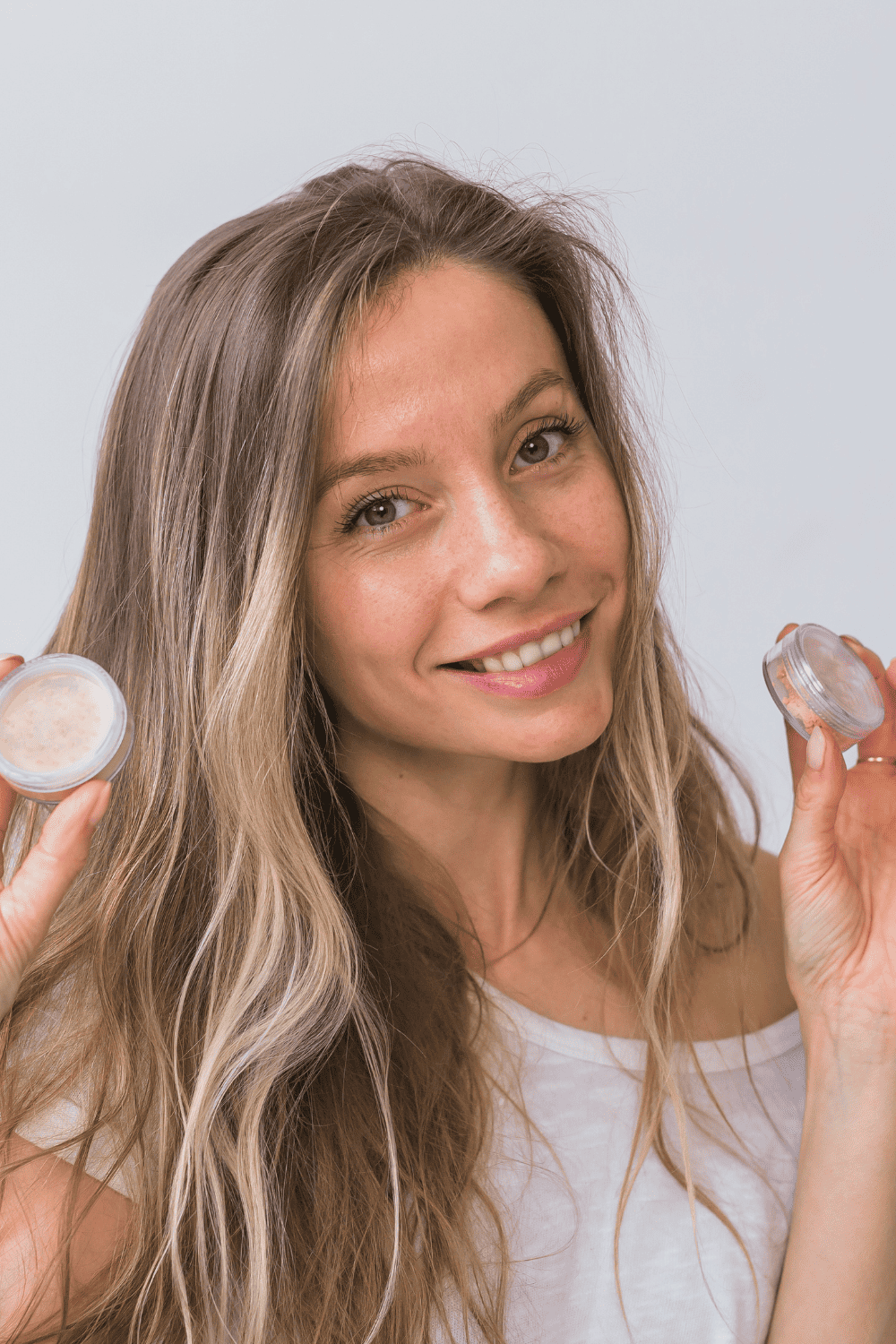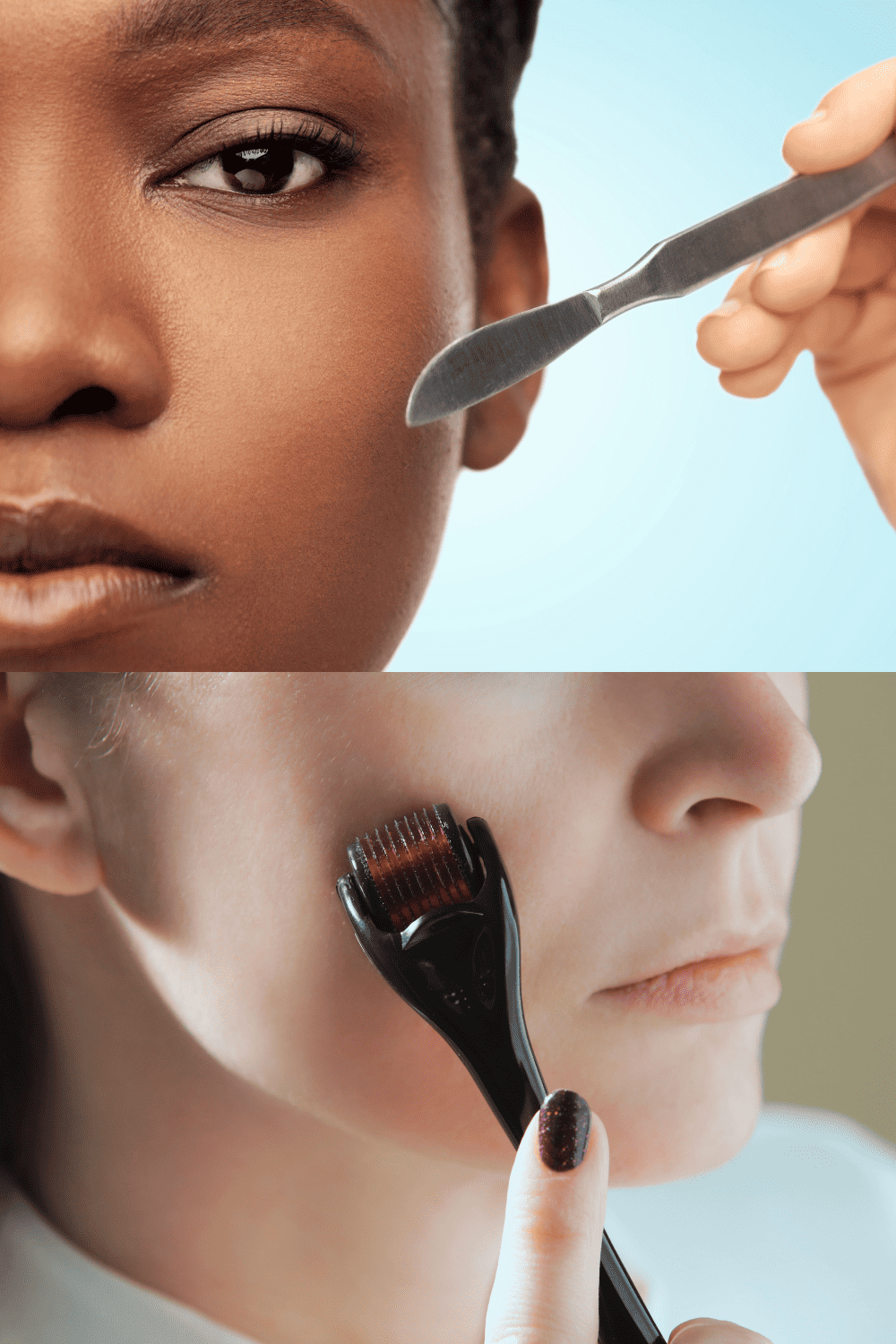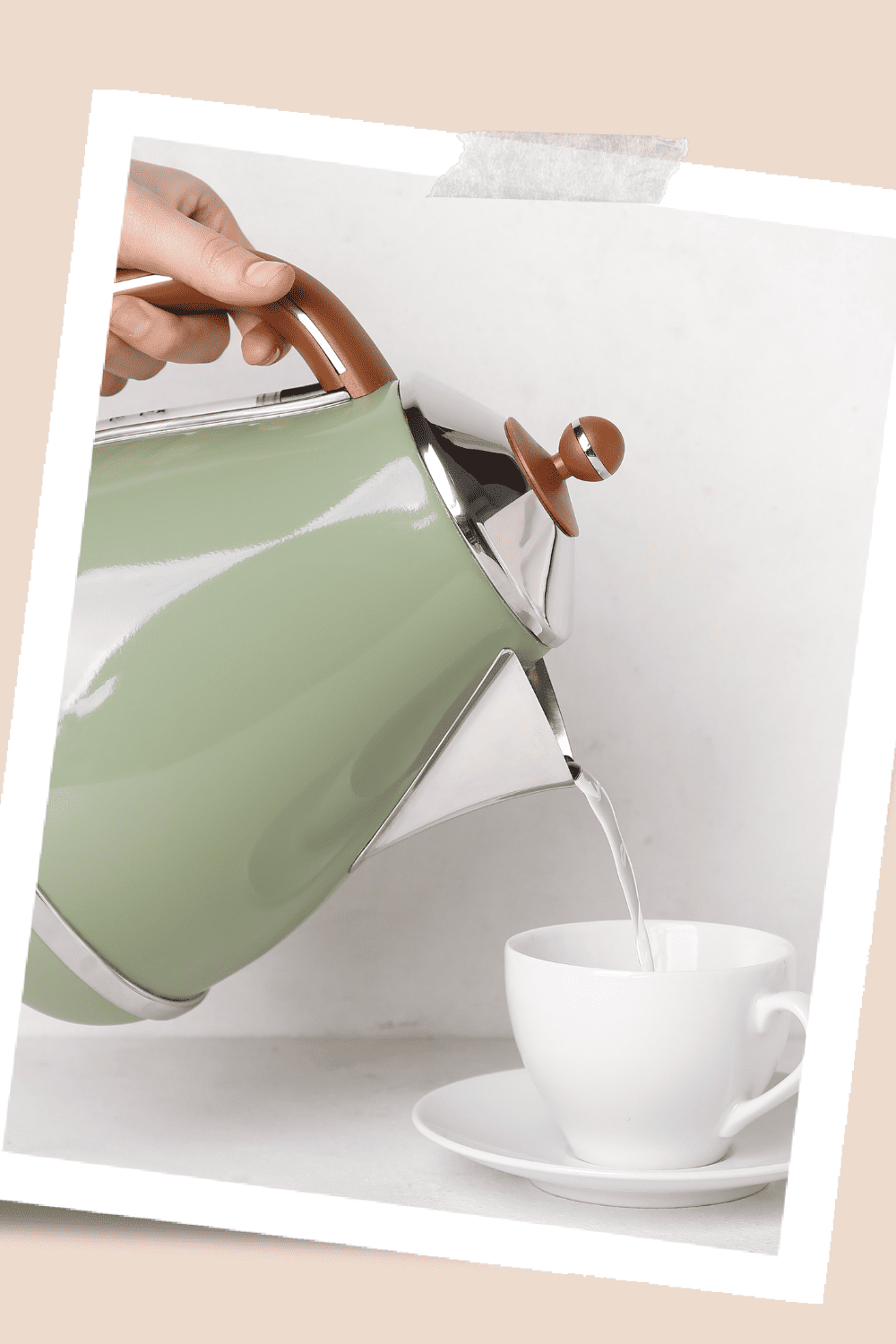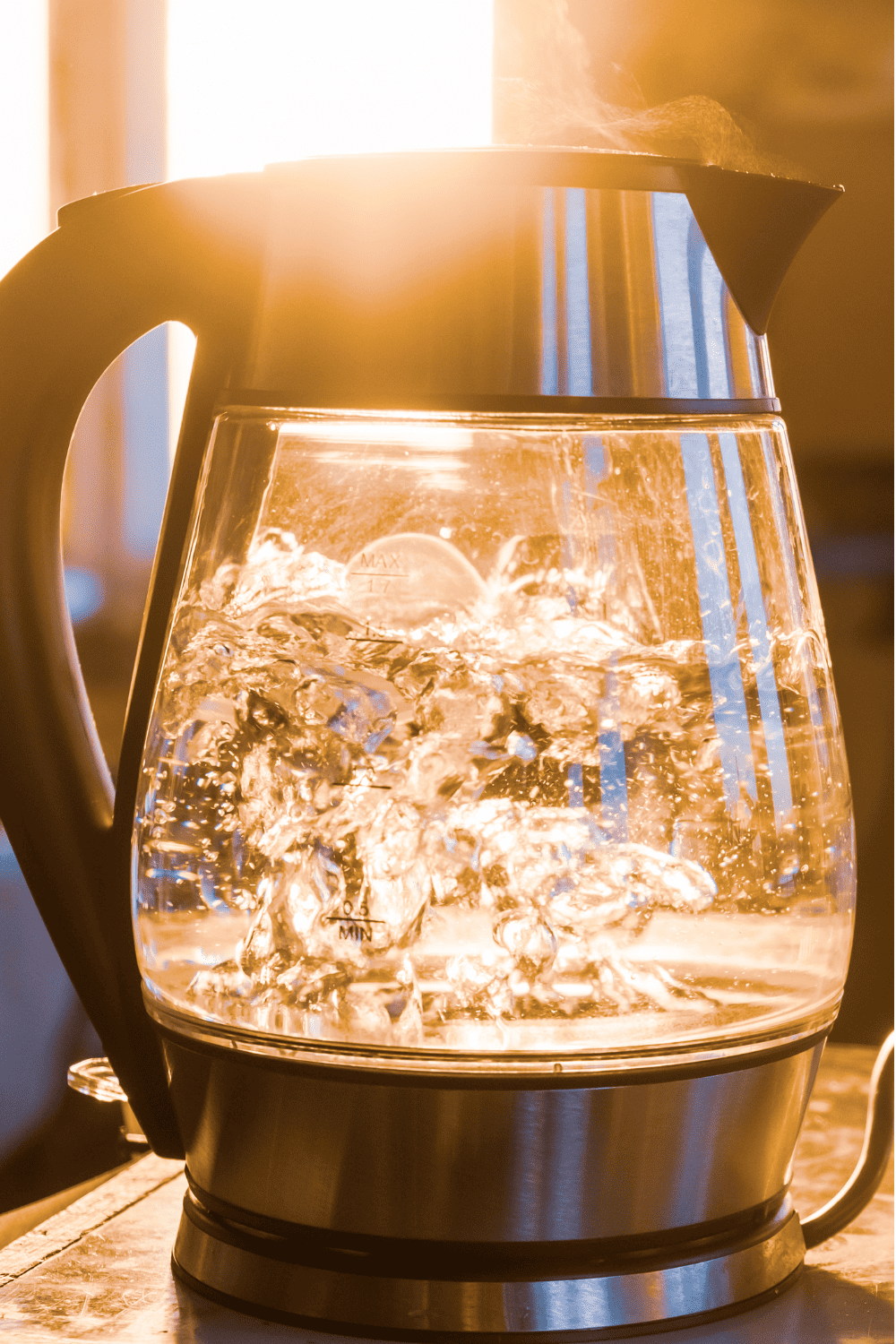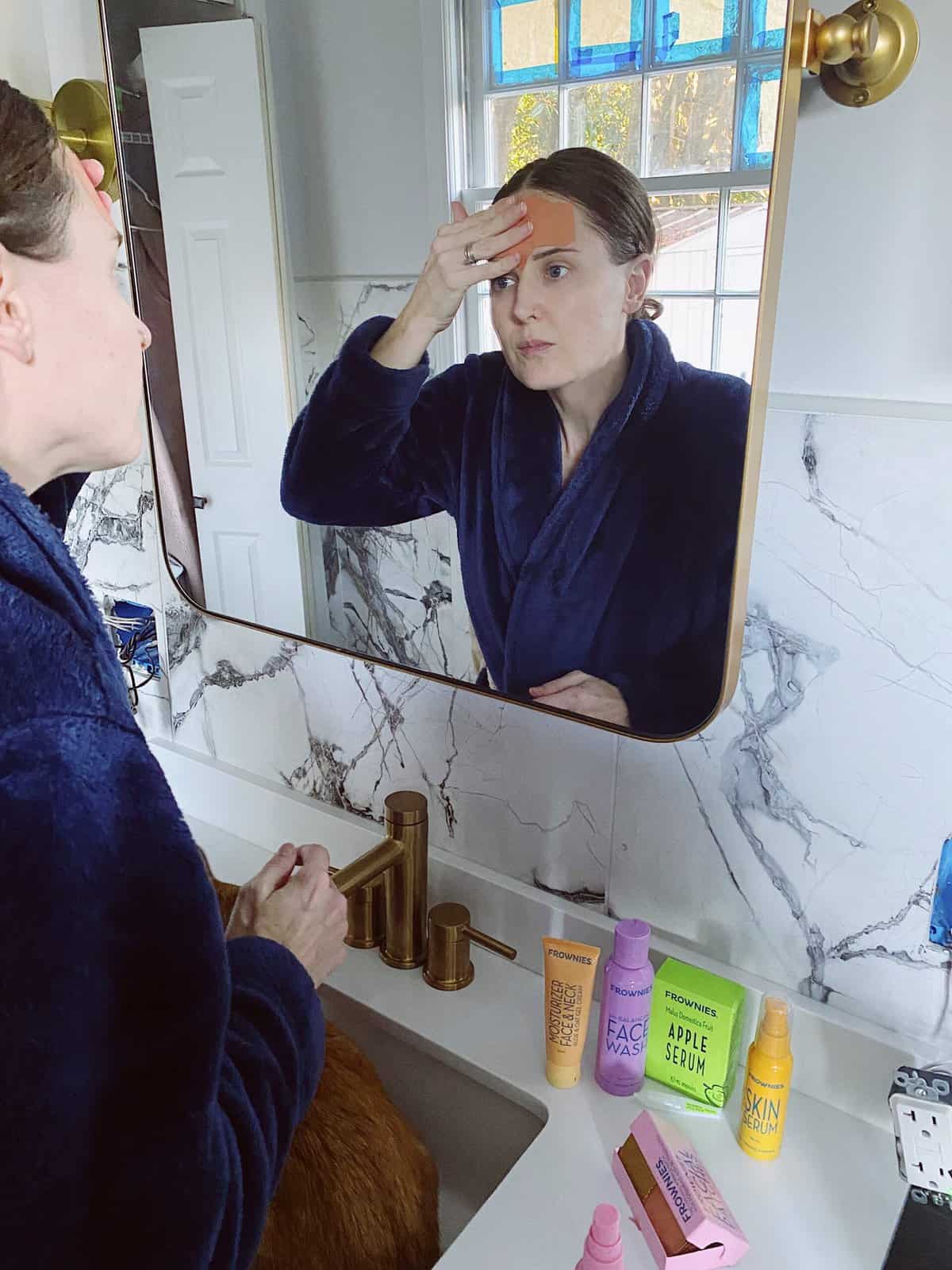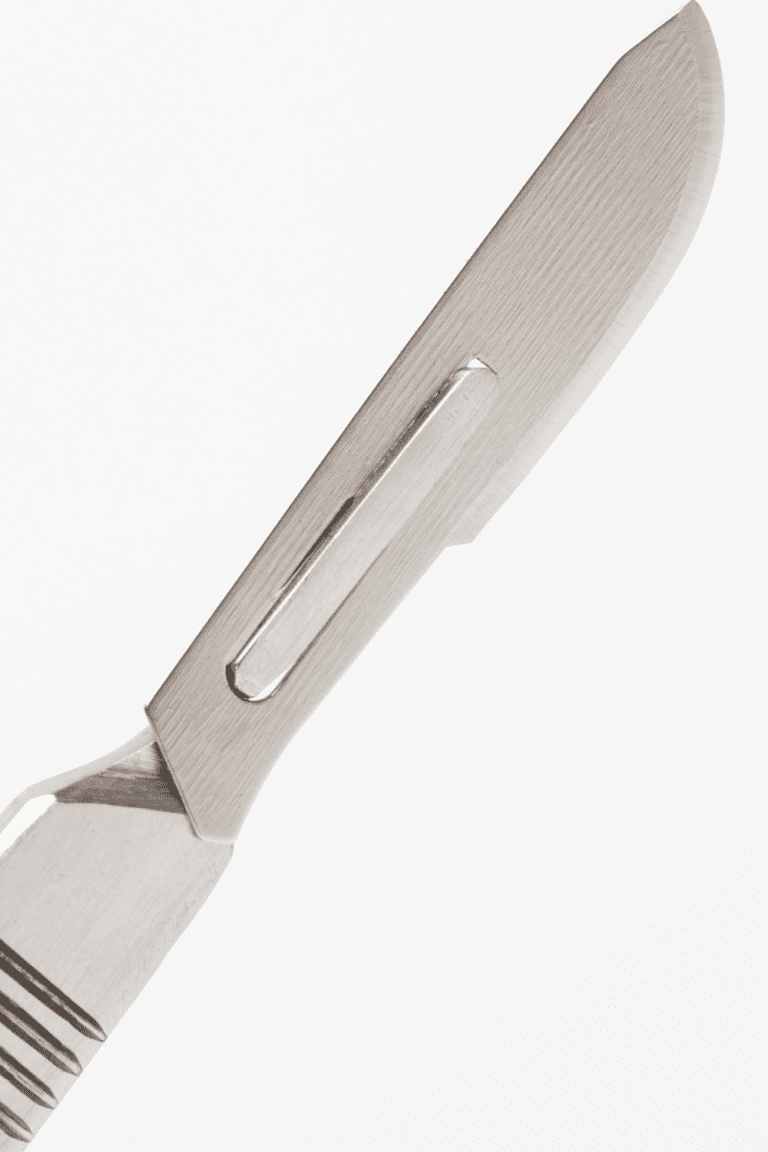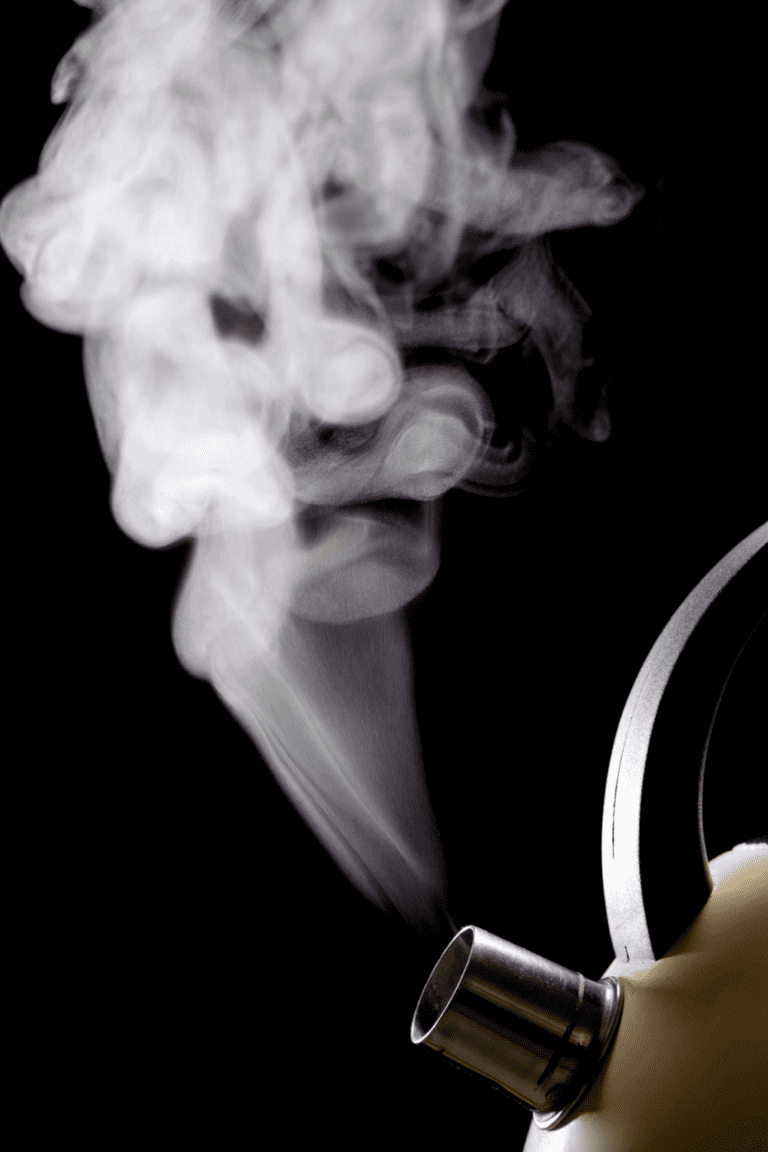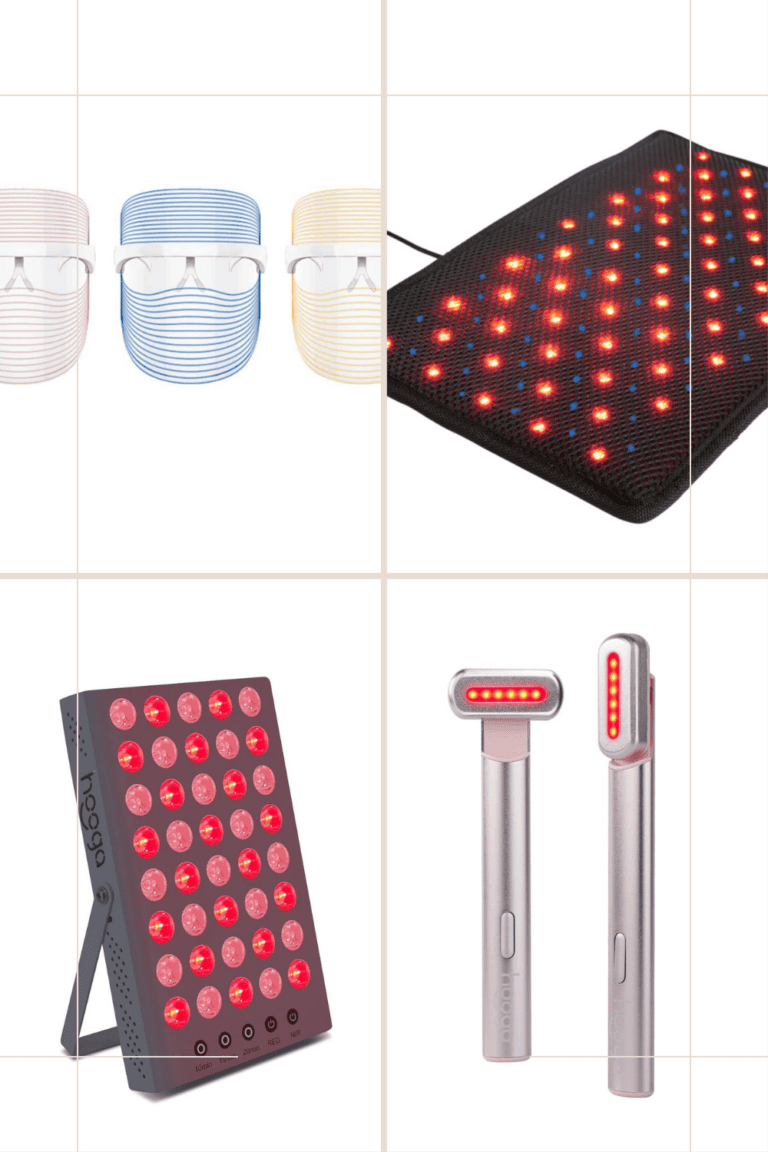10 Essential Steps for Effective Dermaplaning Aftercare
This post is about dermaplaning aftercare.

This post about dermaplaning aftercare may contain affiliate links, which means I’ll receive a commission if you purchase through my link, at no extra cost to you.
Dermaplaning, a popular skincare treatment known for its ability to leave the skin smooth and radiant, involves the careful scraping away of dead skin cells and vellus hair. It’s a procedure that can transform your skin, but effective aftercare is crucial to maintain its benefits and ensure your skin stays healthy and glowing. In this post, we will explore 10 essential steps for effective dermaplaning aftercare, focusing on non-toxic solutions in line with our commitment to low-toxic living.
What is Dermaplaning?
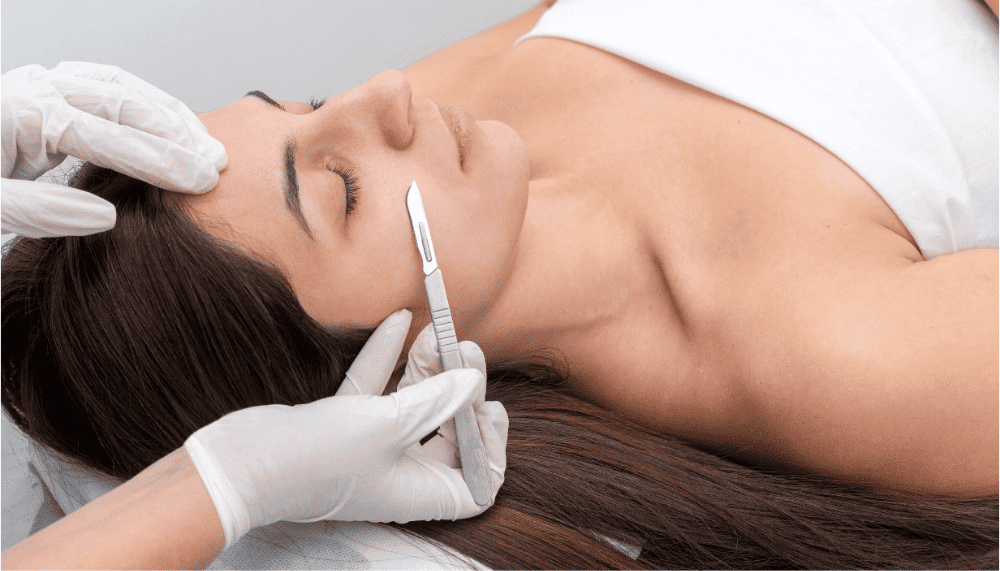
Dermaplaning is a non-invasive cosmetic procedure that involves the use of a sterile surgical scalpel to gently scrape off the top layer of dead skin cells and vellus hair, commonly known as peach fuzz, from the face. This exfoliation process not only smoothens and brightens the complexion but also allows for deeper product penetration. It’s an effective way to achieve a smoother skin texture, even out skin tone, and reduce the appearance of fine lines. Despite its simplicity, dermaplaning is a professional treatment that requires skill and precision to ensure safety and effectiveness.
Following this procedure, effective aftercare is crucial to maintain its benefits and ensure your skin stays healthy and glowing. In this post, we will explore 10 essential steps for effective dermaplaning aftercare, focusing on non-toxic solutions in line with our commitment to low-toxic living.
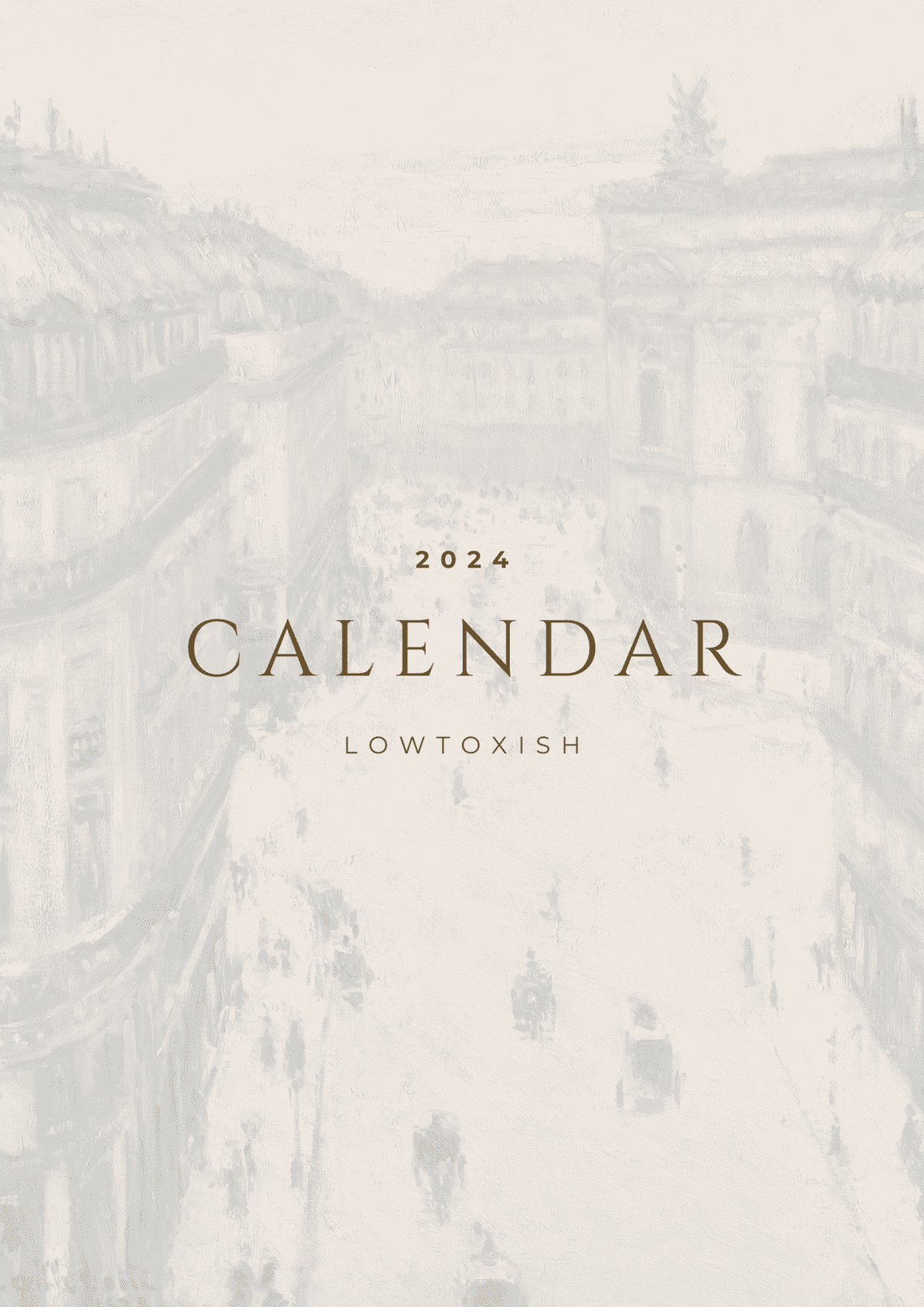

Grab your Free
Printable 2024 Art Calendar

Embrace inspiration every day with our FREE 12 month 2023 printable art calendar, featuring stunning masterpieces from renowned artists.
Simply fill out the form bellow and the printable files will be sent immediately to your inbox.
The 10 Key Steps to Dermaplaning Aftercare
Gentle Cleansing for Dermaplaning Aftercare
Post dermaplaning, the skin is extra sensitive and more vulnerable to irritation. Therefore, it’s important to avoid face cleansers with harsh exfoliant ingredients. Here are some common exfoliants that might be too abrasive for dermaplaning aftercare:
- Alpha Hydroxy Acids (AHAs): Such as glycolic acid and lactic acid. AHAs are known for their ability to exfoliate the skin by dissolving the bonds between dead skin cells. Post dermaplaning, these can be overly harsh as the skin has already undergone significant exfoliation.
- Beta Hydroxy Acids (BHAs): Salicylic acid is the most common BHA. It’s great for deep pore exfoliation and for treating acne-prone skin, but it can be too strong and drying for recently dermaplaned skin.
- Physical Exfoliants: Ingredients like crushed walnut shells, apricot kernels, or microbeads can create micro-tears in the skin and should be avoided, especially when the skin is in a sensitive state post-dermaplaning.
- Enzymatic Exfoliants: These are derived from fruits like papaya (papain) and pineapple (bromelain). While they are generally gentler than AHAs and BHAs, they still provide a level of exfoliation that might be too much for skin that has just been dermaplaned.
- Retinoids: While not a traditional exfoliant, retinoids like retinol and tretinoin increase skin cell turnover and can be too irritating for post-dermaplaning care.
- Alcohol: High concentrations of alcohol in cleansers can dry and irritate the skin, especially after a treatment like dermaplaning.
It’s important to opt for gentle, hydrating cleansers post-dermaplaning. Look for products with soothing and moisturizing ingredients like hyaluronic acid, glycerin, and aloe vera, and avoid any cleansers that are labeled as exfoliating or contain the above ingredients.
Examples of soothing and non toxic cleansers that would be great to use for demaplaning aftercare:
Honest Beauty Gentle Cleanser w/ Chamomile + Calendula Extracts |

Biossance Squalane + Amino Aloe Gentle Cleanser
No products found.Hydration is Key: Deep Moisture for Healing
After dermaplaning, your skin, now free from dead skin cells and peach fuzz, is in a prime state to absorb and retain moisture. This makes hydration an essential step in your post-dermaplaning skincare routine.
Remember that facial hair and dead skin cells will always act as a barrier between whatever you put on your face topically and your skin absorbing the topical serums and moisturizers. Removing the hair and that top layer of dead skin primes your skin for better absorption of all the awesome non-toxic skin care products you have as part of your routine.
Why Hydration Matters
- Enhanced Healing: Hydrated skin heals faster. After dermaplaning, your skin might feel a bit raw or sensitive. Providing it with ample hydration helps speed up the recovery process.
- Maintains Skin Balance: Proper hydration helps maintain the natural balance of your skin. It prevents overproduction of oils, which can occur when the skin is dehydrated and stressed.
- Boosts Skin Health: Adequate hydration leads to plumper, more resilient skin, which is less prone to irritation and inflammation.
How to Hydrate Your Skin Post-Dermaplaning
- Use Hydrating Serums: Look for serums with hyaluronic acid, a powerhouse ingredient known for its ability to hold up to 1000 times its weight in water. This not only provides surface hydration but also deeply moisturizes the skin layers.
- Choose Non-Toxic Moisturizers: Post-dermaplaning, your skin can absorb ingredients more readily. Select moisturizers that are free from harsh chemicals, fragrances, and dyes. Ingredients like aloe vera, squalane, and glycerin are great for providing gentle, effective hydration.
- Consider Soothing Facial Mists: Facial mists with ingredients like rose water or thermal water can be a quick, refreshing way to add hydration throughout the day without overburdening the skin.
- Don’t Forget about Oils: Natural oils like jojoba, argan, or rosehip oil can be excellent for locking in moisture. They mimic the skin’s natural sebum, making them particularly beneficial for maintaining hydration and skin barrier health. Oils will always be the last step in a nighttime routine and the step right before sunscreen in an AM routine. I love rosehip oil in the morning and the thick castor oil at night. Castor oil would be really awesome right after dermaplaning.
- Night-Time Hydration: During the night, your skin goes into repair mode. Using an overnight hydrating mask or a richer moisturizer can provide sustained hydration and aid in the skin’s natural regeneration process. Think thicker formulas and moisturize more balm-like… the types of moisturizers you would use in the winter as opposed to lighter summertime formulas.
Additional Tips
- Avoid Hot Water: When cleansing your face, use lukewarm water instead of hot water as high temperatures can strip the skin of its natural oils.
- Pat Dry, Don’t Rub: After washing or applying a mist, gently pat your skin dry with a soft towel instead of rubbing, to prevent irritation.
- Internal Hydration: Remember, hydration also comes from within. Drinking plenty of water throughout the day helps maintain your skin’s hydration levels from the inside out.
My Personal Non Toxic Hydrating Serums and Moisturizers to Use For Dermaplaning Aftercare:
Soothe Your Skin: Natural Remedies for Calmness: Dermaplaning Aftercare
The immediate aftermath of dermaplaning leaves the skin in a vulnerable state, often leading to sensitivity or mild irritation. It’s essential to soothe the skin during this time to promote healing and comfort.
Let me be clear though: Dermaplaning is MUCH more gentle and protective than procedures like microneedling or microdermabrasion or a peel. Whereas those procedures will leave you a little red (or worse) for a day or more, dermblading should just leave you (a little tiny bit) sensitive the day of.
Importance of Soothing the Skin
- Reduces Inflammation: Post-dermaplaning, your skin might experience some inflammation. Soothing ingredients can help reduce this, preventing redness and swelling.
- Accelerates Healing: Calming the skin can aid in quicker recovery, helping the skin to restore its natural barrier function.
- Enhances Comfort: Soothing the skin not only aids in physical recovery but also provides a sense of comfort, making the post-dermaplaning experience more pleasant.
Natural Ways to Soothe Your Skin
- Aloe Vera: Known for its cooling and healing properties, aloe vera is ideal for soothing post-dermaplaning skin. Use pure aloe vera gel or a product with a high concentration of aloe for the best results.
- Chamomile: Chamomile has natural anti-inflammatory and calming properties. Consider using a chamomile-infused toner or a DIY chamomile tea compress for gentle skin relief.
- Cucumber: The natural cooling effect of cucumber can soothe and hydrate the skin. Place thin slices of cucumber on your face, or use skincare products that contain cucumber extract.
- Calendula: This botanical ingredient is known for its soothing and healing abilities. Calendula creams or oils can be particularly beneficial for sensitive post-dermaplaning skin.
- Oatmeal: Oatmeal has natural soothing properties and can be used as a gentle face mask. Mix finely ground oatmeal with water or milk to create a paste and apply it to the face for a soothing effect.
- Cold Compress: Applying a cold compress or a chilled, damp cloth to the face can help reduce any immediate swelling or discomfort.
Skincare Products and Ingredients to Consider
- Hyaluronic Acid: While known for hydration, hyaluronic acid is also soothing for the skin. It can help relieve tightness and discomfort.
- Centella Asiatica (Cica): Often found in Korean skincare products, Cica is renowned for its soothing and healing properties.
- Fragrance-Free Products: Opt for products without fragrances or essential oils, as these can sometimes irritate sensitized skin (think STINGING face…).
Additional Care Tips
- Gentle Application: When applying products, be gentle. Use light, patting motions instead of rubbing.
- Test New Products: If you’re trying a new product post-dermaplaning, do a patch test first to ensure it doesn’t irritate your skin. Some of us (me) have pretty tough faces but others (one of my sisters and my daughter) react to MANY products and procedures that don’t phase my skin at all.
- Avoid Irritants: Steer clear of ingredients like alcohol, retinoids, or AHAs/BHAs, which can be too harsh for freshly exfoliated skin: OUCH.
I don’t think the special ingredients above are necessary for many, non-sensitive, skintypes but if you are prone to redness and sensitivity these ingredients might help. I personally focus on the serums with peptides and nourishing effective ingredients and the moisture more than I do ingredients that are soothing.
Recommendations for Non Toxic Soothing Skincare Products for Sensitive Skin to Use as Dermaplaning Aftercare:
Avoid Harsh Chemicals: Embrace Clean Beauty
After dermaplaning, your skin is more absorbent and sensitive, making it imperative to be cautious about the skincare products you use. Avoiding harsh chemicals is not just about preventing irritation; it’s about ensuring the long-term health and wellbeing of your skin.
Why Avoiding Harsh Chemicals is Crucial
- Prevents Irritation: Harsh chemicals can cause redness, itching, and irritation on sensitized skin.
- Maintains Skin Balance: Strong ingredients can disrupt the skin’s natural pH balance and barrier function, leading to more skin problems.
- Ensures Safety: Some chemicals can be absorbed into the skin, entering the bloodstream. Post-dermaplaning, this risk is heightened due to increased skin permeability.
Chemicals to Avoid Post-Dermaplaning
- Sulfates: Commonly found in cleansers and shampoos, sulfates can strip the skin of its natural oils, leading to dryness and irritation.
- Parabens: Used as preservatives in many cosmetics, parabens can cause skin irritation and have been linked to other health concerns.
- Fragrances: Artificial fragrances can be a major source of skin irritation. Look for fragrance-free or naturally scented products.
- Alcohols: Certain alcohols like denatured alcohol or isopropyl alcohol can be overly drying and irritating to the skin.
- Phthalates: Often found in scented products, phthalates can disrupt hormonal balance and may cause skin irritation.
- Formaldehyde and Formaldehyde Releasers: These are used as preservatives but can be harsh and irritating to the skin. GAH! Can you even imagine taking the time to dermaplane (or paying for an office session) only to realize you opened up your skin’s barrier to let formaldehyde into your blood stream? Double GAH!!
Embracing Clean Beauty
- Read Labels: Familiarize yourself with ingredient lists. The fewer and more recognizable the ingredients, the better. I use the EWG Skindeep Database for a lot of my clean beauty research.
- Natural and Organic Products: Opt for products with natural and organic ingredients, which are less likely to contain harsh chemicals.
- Patch Testing: Always do a patch test when trying a new product, especially after dermaplaning.
- Don’t Blindly Trust: If you opt for an in-office dermaplaning session, don’t assume the dermplaning after care products they use are non toxic. They might be expensive but expensive doesn’t equal non toxic or appropriate for very sensitive skin. Call before your appointment and ask about what they use so you can do your research and come up with a plan if you don’t feel comfortable with the products they use.
A Few Clean Beauty Brands I Love
No Exfoliation: Let Your Skin Heal
Post-dermaplaning, your skin has undergone a significant level of exfoliation. Adding more exfoliation to this can be counterproductive and may lead to over-sensitivity or even skin damage.
Understanding the Need to Avoid Exfoliation
- Prevent Over-Exfoliation: Dermaplaning itself is a form of physical exfoliation. Additional exfoliation can strip the skin of its essential oils, disrupt the skin barrier, and lead to increased sensitivity or irritation.
- Allow Natural Healing: After dermaplaning, your skin needs time to recover and regenerate. Avoiding further exfoliation allows this natural healing process to occur without interruption. You can also use a red light therapy mask like this one (use code “ashled” for their best possible discount”) that I have to help with the healing process.
- Maintain Skin Balance: Over-exfoliation can disrupt the skin’s pH balance and its natural state of equilibrium, leading to issues like dryness, oiliness, or breakouts.
Tips for Post-Dermaplaning Skin Care
- Gentle Cleansing: Use a gentle, non-abrasive cleanser that doesn’t contain exfoliating agents like AHAs, BHAs, or physical scrubs.
- Hydrate and Moisturize: Focus on hydration and moisturizing products. Hydrated skin heals faster and maintains its health better.
- Protect Your Skin: Use a broad-spectrum sunscreen to protect the new skin layer from UV damage. Choose a mineral-based sunscreen which is less likely to irritate.
What to Avoid
- Chemical Exfoliants: Avoid products containing acids such as glycolic acid, salicylic acid, and lactic acid. Also avoid all retinol until your skin is 100% healed and not sensitive.
- Physical Exfoliants: Steer clear of scrubs with beads, sugar, salt, or any abrasive particles.
- Exfoliating Tools: Avoid using brushes, sponges, or other tools that provide physical exfoliation.
When to Resume Exfoliation
- It’s generally advised to wait at least two weeks before reintroducing any form of exfoliation. However, this can vary based on individual skin type and condition and generally at home dermaplaning is less intense and needs less recovery than an in office session.
- If you are doing in office treatments consult with your skincare professional or dermatologist for personalized advice regarding when to resume exfoliation. I find I only need a 3-5 off of exfoliants when I dermaplane at home.
Be Mindful of Makeup: Choose Skin-Friendly Products:
After dermaplaning, your skin is more receptive and sensitive, making it crucial to be selective about the makeup products you use. This is the time to be especially mindful of the ingredients in your makeup and the way you apply it. Again, your pores and skin barrier are more permeable right after dermaplaning so what you apply topically the few days after a session matters more than ever.
Why Makeup Choices Matter Post-Dermaplaning
- Prevent Irritation: Certain makeup ingredients can irritate freshly exfoliated skin.
- Avoid Clogged Pores: Heavy makeup can clog pores, leading to breakouts, especially when the skin is more vulnerable. The old thought process was that oils clog pores but clean oils like organic rosehip oil are nourishing and protective and actually help many with clogged pores.
- Ensure Skin Health: Using the right makeup products can aid in protecting and nurturing your skin as it heals. Find “clean” non toxic beauty brands. Again, I love using the EWG Skindeep Database to cross-reference beauty products I hear buzz about.
Tips for Makeup Application After Dermaplaning
- Wait If Possible: If you can, give your skin a break from makeup for a day or two post-dermaplaning to allow it to breathe and recover. I’ve been known to show up to play dates with a red face the day after microneedling (MUCH more intense than dermaplaning) because I don’t want to wear makeup on top of my vulnerable skin. Schedule your session for a day when you can slink around the house if possible.
- Non-Toxic Products: Choose products that are free from harsh chemicals, fragrances, and oils. Look for non-comedogenic (won’t clog pores) and hypoallergenic (less likely to cause allergic reactions) labels.
- Mineral Makeup: Mineral-based makeup is often a good choice as it is less likely to contain irritants and can provide a lightweight, breathable coverage.
- Gentle Application: Use a clean, soft makeup brush or sponge. Apply makeup with gentle taps instead of rubbing or dragging motions.
- Regular Cleaning: Ensure your makeup tools are regularly cleaned to avoid bacterial buildup, which can lead to skin irritations. AVOID using a beauty blender like tool as they are known for harboring bacteria and mold.
Makeup Ingredients to Avoid
- Alcohol: Can be drying and irritating to sensitized skin.
- Fragrances: Can cause irritation and allergic reactions.
- Heavy Oils: While some natural oils are beneficial (like rosehip, jojoba, and almond oil), heavy oils (like mineral oil) in makeup can clog pores and trigger breakouts.
- Parabens and Phthalates: Can be irritating and have other health concerns.
- Talc: In some cases, talc can cause irritation, especially on sensitive skin.
Additional Considerations
- Foundation Choice: Tinted moisturizers or BB creams are often a gentler option compared to heavy foundations if you don’t want to use a powdered mineral makeup. Many clean beauty tinted moisturizers also contain other ingredients that are great for your skin.
- Removing Makeup: Choose a gentle, non-toxic makeup remover. Micellar water or cleansing oils can be effective without being harsh on the skin.
- Patch Test New Products: Always patch test new makeup products to ensure they don’t irritate your post-dermaplaning skin.
- Focus On Non-Foundation Makeup: I find that I can totally skin foundation, concealer, and powders on most days by going for a minimalistic but impactful look where I wear bright lipstick, mascara, and fill in my brows. Eyeliner and eye shadow can also be worn without compromising your recently exfoliated skin.
Non Toxic Foundations To Consider If You Need To Wear Face Makeup After Dermaplaning
Sun Protection: Shield with Care
Following a dermaplaning treatment, your skin is more exposed and sensitive to the sun’s rays. Sun protection becomes not just a regular skincare step, but a critical measure to prevent potential damage.
The Necessity of Sun Protection Post-Dermaplaning
- Increased Sensitivity: After dermaplaning, the newer, more sensitive layer of skin is exposed, making it more susceptible to sunburn and sun damage.
- Preventing Hyperpigmentation: Unprotected sun exposure can lead to hyperpigmentation, especially when the skin is healing post-exfoliation.
- Long-Term Skin Health: Regular sun protection can prevent premature aging and reduce the risk of skin cancer.
Effective Sun Protection Strategies
- Broad-Spectrum Sunscreen: Use a broad-spectrum sunscreen with an SPF of at least 30. Reapply every two hours, or more frequently if you’re sweating or swimming.
- Mineral Sunscreens: For post-dermaplaning skin, mineral sunscreens containing zinc oxide or titanium dioxide are often recommended as they are less likely to cause irritation.
- Avoid Peak Sun Hours: Try to stay indoors or in the shade during peak sun hours, typically from 10 a.m. to 4 p.m. It makes sense to dermaplane on a day where you can come home and stay home for the rest of the day immediately after dermaplaning (and if you are a DIY dermaplaner you just stay home allllll day(
- Protective Clothing: Wear hats, sunglasses, and long-sleeved clothing to physically block the sun’s rays.
Choosing the Right Sunscreen
- Non-Comedogenic Formulas: Look for sunscreens that won’t clog pores, especially important when your skin is more vulnerable.
- Fragrance-Free and Hypoallergenic: These formulations are less likely to irritate sensitive skin.
- Non-Toxic Options: No junk! Do your homework (or I’ll suggest my favorite non toxic sunscreens below so you don’t have to do homework).
Application Tips
- Generous Application: Apply sunscreen generously to all exposed areas of skin, including the neck, ears, and hands.
- Layering Skincare: Apply sunscreen as the final step in your skincare routine, after moisturizers and serums.
- Daily Routine: Make sunscreen application a part of your daily routine, regardless of whether you plan to be outdoors for extended periods.
- Aim For Day 2: Personally, I think the best plan would be to not have to use sunscreen or makeup immediately after dermaplaning. I would suggest that you dermaplane on a day where you don’t have to leave the house for a good 8-24 hours so your skin can heal and then make the sunscreen a must starting day two. If you DO have to be out of the house (even driving around in the car) on the day you dermaplane then put the sunscreen on to protect your skin.
My Personal Non Toxic Sunscreen Suggestions for Dermaplaning Aftercare
Stay Hydrated Internally: Internal Health for External Glow
This step should be a constant but I know I always need the reminder and I find that after I’ve done an exfoliating treatment my skin always is extra dry (I think it’s maybe because without that extra layer of hair and skin water evaporates from the body/skin more easily).
The role of internal hydration in skin health is often underestimated. After dermaplaning, when your skin is more vulnerable and in need of extra care, ensuring adequate internal hydration becomes even more crucial.
The Impact of Hydration on Skin
- Enhanced Skin Elasticity: Proper hydration helps maintain skin elasticity, reducing the likelihood of wrinkles and fine lines.
- Improved Skin Barrier Function: Adequate hydration levels ensure that the skin’s barrier function is operating optimally, protecting against environmental stressors and irritants.
- Detoxification: Water helps in flushing out toxins from the body, which, if accumulated, can lead to skin issues like acne or dullness.
How to Enhance Internal Hydration
- Drink Enough Water: The general guideline is to drink at least 8-10 glasses of water a day. However, this can vary based on individual factors like activity level, climate, and overall health.
- Incorporate Hydrating Foods: Consuming fruits and vegetables high in water content can significantly contribute to your hydration levels. Examples include cucumbers, celery, oranges, and berries.
- Limit Caffeine and Alcohol: Both caffeine and alcohol have diuretic effects, which can lead to dehydration. It’s important to balance these beverages with plenty of water.
- Herbal Infusions and Teas: Opt for hydrating herbal infusions and teas that can provide hydration as well as skin-friendly antioxidants. This would be a great time to try some of the adaptogen tea options I wrote about here.
Recognizing the Signs of Dehydration
- Skin Dryness and Tightness: One of the first signs of dehydration is often felt on the skin. If your skin feels tight or appears dry, it might be an indication that you need more water. My skin also feels a little itchy or stingy when it’s in this state.
- Reduced Skin Turgor: Dehydrated skin may lose its plumpness and turgor. A simple test is to pinch the skin on the back of your hand; if it doesn’t bounce back quickly, it could be a sign of dehydration.
- Fatigue and Dullness: Overall fatigue and a dull complexion can also indicate inadequate hydration.
Balancing Water Intake
- Consistent Sipping: Rather than consuming large amounts of water at once, it’s more effective to sip water consistently throughout the day.
- Hydration Apps: Consider using a hydration tracker app to remind you to drink water regularly.
- Avoid Extreme Temperatures: Both hot and cold weather can increase the body’s need for water, so adjust your intake accordingly.
Watch Your Diet: Nourish Your Skin from Within
Post-dermaplaning, your diet plays a pivotal role in how your skin heals and maintains its radiance. The nutrients you consume can significantly impact the health and appearance of your skin.
The Role of Diet in Skin Health
- Nutrient Absorption: A balanced diet rich in vitamins, minerals, and antioxidants supports skin regeneration and healing.
- Inflammation Reduction: Certain foods can help reduce inflammation in the body, which is beneficial for skin recovery post-dermaplaning.
- Hydration: Foods with high water content contribute to overall hydration, benefiting skin moisture levels.
Foods to Include for Optimal Skin Health
- Omega-3 Fatty Acids: Found in fish, flaxseeds, and walnuts, omega-3s help maintain skin integrity and fight inflammation.
- Antioxidant-Rich Fruits and Vegetables: Berries, leafy greens, and colorful vegetables are loaded with antioxidants that protect skin cells from damage.
- Lean Proteins: Protein is essential for skin repair. Include sources like chicken, turkey, tofu, and legumes in your diet.
- Whole Grains: They provide essential B vitamins that are vital for skin health.
- Hydrating Foods: Cucumbers, watermelons, and oranges can boost your hydration levels, benefiting your skin.
Foods to Limit or Avoid
- High Sugar Foods: Excessive sugar can lead to inflammation and exacerbate skin issues.
- Processed and Fried Foods: These can contribute to inflammation and don’t offer the nutrients your skin needs to heal.
- Dairy Products: For some individuals, dairy can trigger skin inflammation and should be consumed in moderation.
Dietary Tips for Post-Dermaplaning Care
- Balanced Meals: Ensure each meal includes a good balance of proteins, fats, and carbohydrates.
- Regular Eating Schedule: Consistent meal times aid in steady nutrient supply to your body, including your skin.
- Stay Hydrated: Pair a healthy diet with adequate water intake for the best results.
Supplements for Skin Health
- Vitamin C and E: These antioxidants support skin healing and protection.
- Zinc: This mineral is important for skin repair and inflammation control.
- Collagen Supplements: While the benefits are still debated, some find that collagen supplements help improve skin elasticity and hydration.
Rest and Recovery: Give Your Skin Time
The final and crucial step in your post-dermaplaning care regimen is allowing your skin adequate time to rest and recover. This phase is vital for the natural healing process and for the full benefits of the treatment to manifest.
As I’ve said a few times before: everyone is different and for some people (like myself) recovery post dermaplaning will be very very quick and low-key. Take it very easy the first time you dermaplane simply so you can learn how your body responds and heals and not go to far. For me, the biggest key in resting is to not sweat too much post dermablading because it causes my face to sting a lot.
The Importance of Rest in Skin Recovery
- Natural Healing Process: Post-dermaplaning, your skin undergoes a natural healing process. Resting allows this process to occur uninterrupted and effectively.
- Reduced Risk of Irritation: By avoiding harsh treatments or active skincare ingredients during recovery, you minimize the risk of irritation and inflammation.
- Enhanced Long-Term Results: Proper rest and recovery can enhance the long-term results of dermaplaning, leading to healthier, more radiant skin.
Tips for Effective Rest and Recovery
- Avoid Additional Facial Treatments: Postpone other facial treatments like chemical peels, laser therapy, or intensive facials to give your skin time to heal.
- Minimize Sun Exposure: After dermaplaning, your skin is more susceptible to sun damage. Limit sun exposure and use a broad-spectrum sunscreen to protect your skin. This is HUGE. You do not want sun damage when your skin is at such a vulnerable state.
- Gentle Skincare Routine: Stick to a gentle skincare routine focused on hydration and soothing ingredients. Avoid retinoids, acids, and scrubs.
- Stress Management: High stress levels can impact your skin’s health. Engage in stress-reducing activities like yoga, meditation, or light exercise.
- Adequate Sleep: Ensure you get enough sleep. Sleep is when your body, including your skin, goes into repair mode.
- Don’t Sweat Too Much: Maybe skip the workout and sauna right after dermaplaning. My skin stings a lot when I workout post procedure.
Monitoring Your Skin’s Recovery
- Observe Changes: Pay attention to how your skin responds in the days following dermaplaning. Mild redness or sensitivity is normal but should subside within a few days.
- Adjust Your Routine as Needed: If you notice any prolonged redness, irritation, or other adverse reactions, adjust your skincare routine accordingly and consult with a skincare professional.
- Patience is Key: Remember that skin recovery is a gradual process. Allow your skin the time it needs to fully benefit from the dermaplaning treatment.
Conclusion: Embracing a Mindful Dermaplaning Aftercare Routine
Effective dermaplaning aftercare is not just about the products you use; it’s about a holistic approach to skin health. By following these 10 essential steps, focusing on non-toxic solutions, and being mindful of your skin’s needs, you can maintain the radiant results of dermaplaning while ensuring your skin stays healthy and nourished.
Do not be afraid of dermaplaning. It’s pretty low key if you are careful. The only thing I didn’t go into, because it deserves it’s on article is that you should not dermablade if you have an active acne breakout, bacterial infection, or other skin malady as dermablading could greatly irritate your pre-existing condition or spread bacteria all over your face.
This post was about dermaplaning aftercare.
More Posts Like This One…
- Top 6 Best Dermaplane Blades for At-Home Derplaning
- Dermaplaning and Microneedling: Get the Glowing Look Celebrities Love
- Unmasking the Truth: Are Frownies Reusable?
- How to do Red Light Therapy at Home: A Comprehensive Guide
Favorite Clean Beauty Posts
Favorite Posts
Last update on 2024-07-23 / Affiliate links / Images from Amazon Product Advertising API
This product presentation was made with AAWP plugin.








